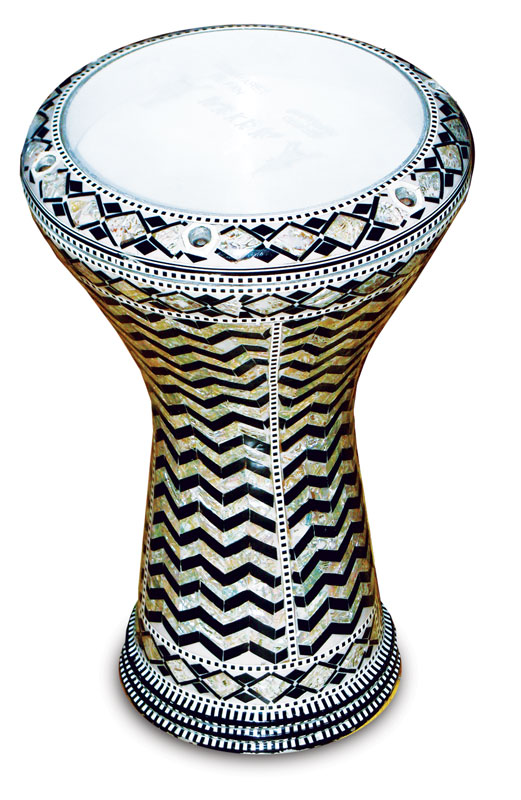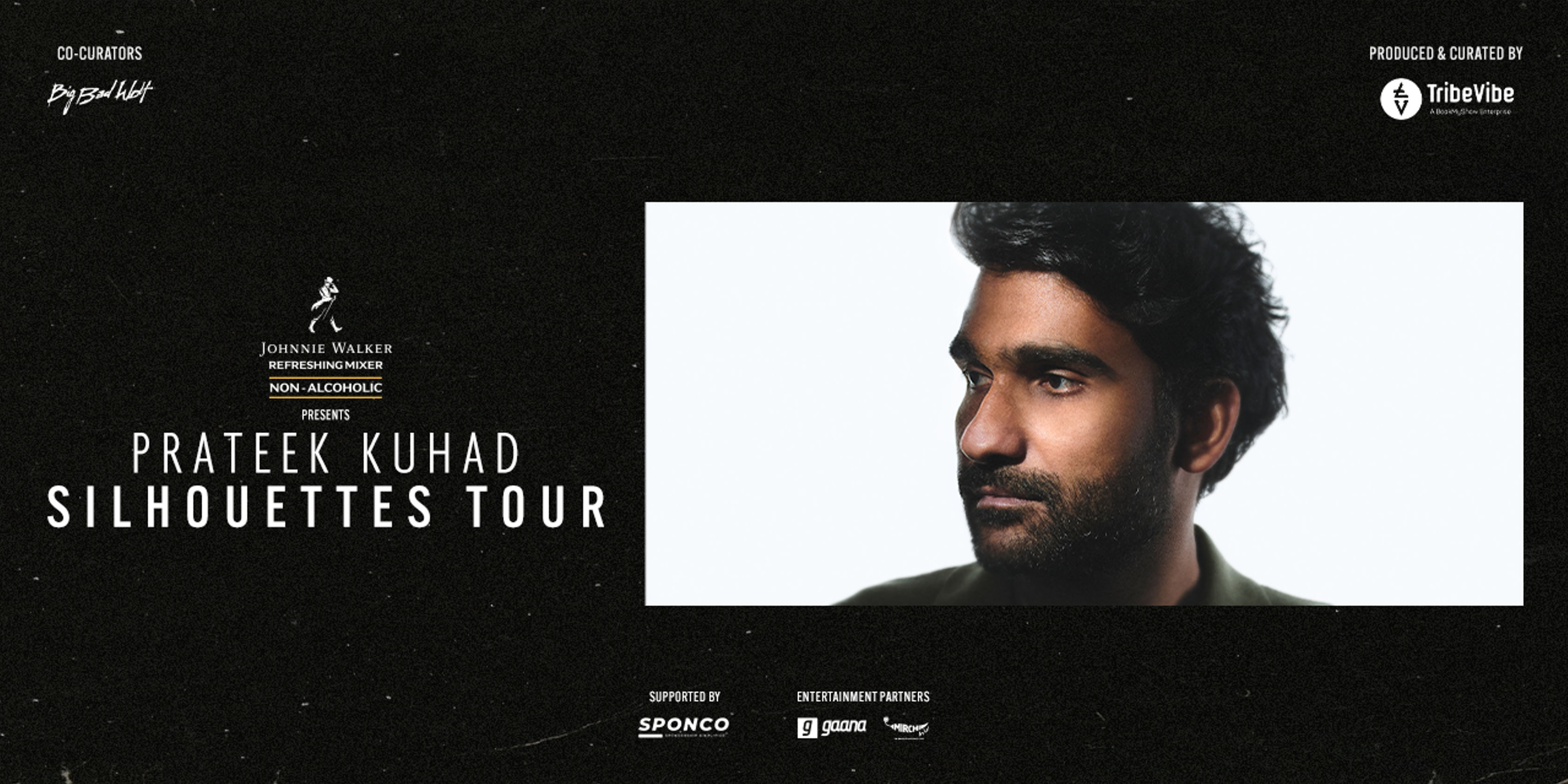Search Topic
Great Cultural Significance of the Darbuka in Middle Eastern Music

The Darbuka, a traditional Middle Eastern percussion instrument, holds a profound cultural significance in the realm of music and beyond. Its enchanting rhythms and timeless appeal have woven it into the intricate tapestry of Middle Eastern heritage. This article explores the rich history, symbolic importance, regional variations, and evolving role of the Darbuka in Middle Eastern music. Delving into its origins and evolution, as well as its contemporary impact, this comprehensive examination illuminates the enduring legacy and vibrant presence of the Darbuka in the cultural landscape of the Middle East.
Overview of the Darbuka
The darbuka, also known as the goblet drum, is a popular percussion instrument in Middle Eastern music. It consists of a goblet-shaped body with a single head, often made from fish or goat skin. Its versatile and vibrant sound has made it a staple in various musical genres.
Significance in Middle Eastern Culture
The darbuka holds a significant place in Middle Eastern culture, symbolizing communal gatherings, celebrations, and cultural identity. Its rhythmic beats provide the heartbeat of traditional music and have been an essential component of social gatherings for centuries.
History and Origins of the Darbuka
Ancient Roots of the Darbuka
Dating back to ancient Mesopotamia, the darbuka has a rich history rooted in the cradle of civilization. Its early forms can be traced to early civilizations where it was used in rituals, ceremonies, and entertainment.
Evolution of the Darbuka in Middle Eastern Music
Over time, the darbuka evolved in shape, material, and playing techniques, adapting to different musical styles and regional influences across the Middle East. Its journey through history reflects the dynamic nature of cultural exchange and musical innovation.
Role of the Darbuka in Middle Eastern Music
Rhythmic Foundation in Traditional Music
As a rhythmic powerhouse, the darbuka provides the backbone of traditional Middle Eastern music, driving melodies forward and creating intricate rhythmic patterns. Its hypnotic beats invite listeners to dance and immerse themselves in the music’s energetic pulse.
Collaboration with Other Instruments
In ensemble settings, the darbuka collaborates seamlessly with other instruments, such as the oud, violin, and flute, adding depth and texture to musical arrangements. Its ability to blend harmoniously with diverse instruments highlights its versatility and adaptability in musical contexts.
Cultural Symbolism and Traditions Associated with the Darbuka
Darbuka in Folklore and Mythology
In folklore and mythology, the darbuka is often depicted as a magical instrument capable of invoking spirits, telling stories, and bringing communities together through music. Its presence in tales and legends underscores its mystical allure and cultural significance.
Ritualistic and Ceremonial Uses
Beyond musical performances, the darbuka plays a role in ritualistic and ceremonial contexts, such as weddings, religious celebrations, and cultural festivals. Its presence signifies unity, joy, and the spirit of togetherness, embodying the enduring traditions and values of Middle Eastern societies.
Regional Variations and Playing Techniques
Distinct Styles Across Middle Eastern Regions
When it comes to the darbuka, different regions in the Middle East have their own unique styles and techniques. From the intricate finger rolls of Turkish players to the powerful doumbek strikes of Egyptian percussionists, each region brings its own flavor to this ancient drum.
Mastering Darbuka Techniques
Mastering the darbuka is no easy feat. It takes practice, patience, and a lot of love for the instrument. Whether you’re learning the basic doum and tek sounds or exploring advanced techniques like snaps and rolls, the darbuka offers endless opportunities for growth and creativity.
Influence of the Darbuka on Contemporary Music
Fusion with Other Genres
The darbuka’s hypnotic rhythms and versatile sound have found their way into contemporary music across the globe. From jazz to electronic dance music, artists are incorporating the darbuka into their compositions, creating exciting fusions of sound that bridge cultural boundaries.
Global Popularity and Cross-Cultural Impact
In recent years, the darbuka has gained widespread popularity outside the Middle East. Its infectious beats and rich history have captivated audiences worldwide, showcasing the power of music to connect people from different backgrounds and traditions.
Darbuka in Rituals and Celebrations
Role of Darbuka in Weddings and Festivals
In Middle Eastern cultures, the darbuka plays a central role in celebrations and rituals. From weddings to festivals, its lively rhythms bring people together, creating an atmosphere of joy and unity that is truly unforgettable.
Spiritual and Healing Aspects
Beyond its role in festivities, the darbuka is also believed to have spiritual and healing properties. Its pulsating beats are said to uplift the soul and heal the body, making it a powerful tool for meditation and relaxation.
Future of the Darbuka in Middle Eastern Music
Innovations and Modernization
As music continues to evolve, so does the darbuka. Innovations in materials, construction, and playing techniques are shaping the future of this ancient instrument, ensuring that it remains relevant and exciting for generations to come.
Preservation of Traditional Darbuka Practices
While embracing innovation, it’s also crucial to preserve the traditional practices and techniques that have defined the darbuka for centuries. By honoring its roots and passing down knowledge from master to apprentice, we can ensure that the darbuka continues to enchant and inspire music lovers for years to come. In conclusion, the Darbuka stands as more than just an instrument; it embodies a heritage, a tradition, and a connection to the soulful melodies of the Middle East. From ancient roots to modern innovations, the Darbuka continues to resonate with audiences worldwide, symbolizing the timeless allure and cultural richness of Middle Eastern music. As we celebrate its legacy and look toward the future, the Darbuka remains a testament to the enduring power of music to transcend boundaries and unite hearts in harmony and rhythm.








